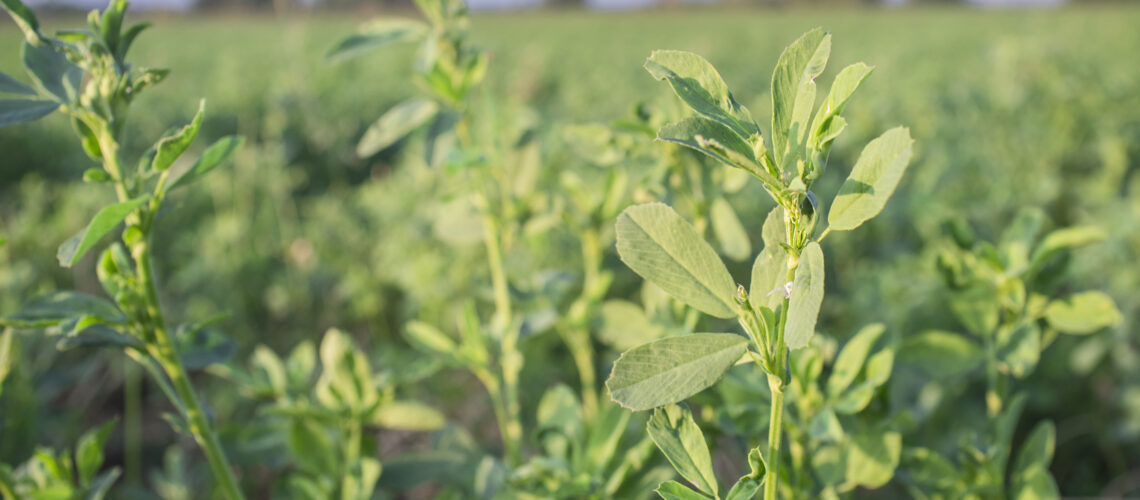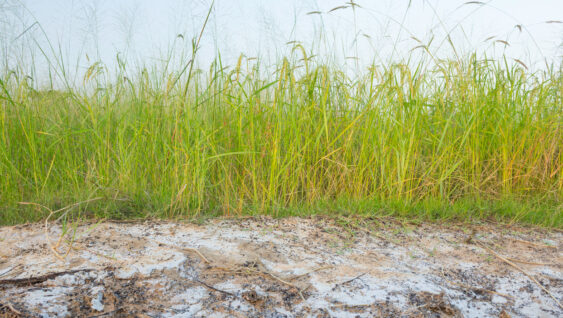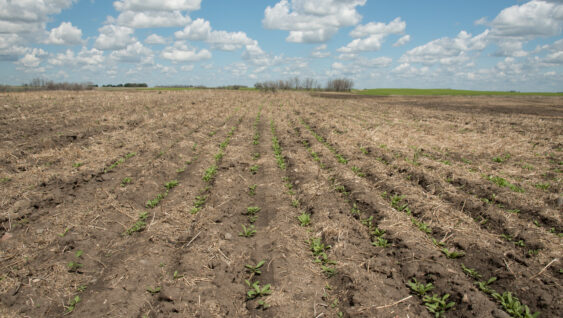Preparing Your Alfalfa Stand For Success By Getting The pH Right

Alfalfa is one of the most successful forage crops in North America.
- It is…
- A legume, so it does not need much, if any, supplemental nitrogen.
- Well adapted to most of North America (except the southeastern U.S.).
- A valuable forage crop for animal feed.
- Highly productive and a single planting that, when well-managed, can provide forage for upwards of six years (Table 1).
Table 1. Alfalfa acres and average yields in the top 15 states in the United States in 2020.
| State | Harvested Acres (millions) | Yield, tons/acre |
| Montana | 1.90 | 2.2 |
| South Dakota | 1.80 | 1.8 |
| North Dakota | 1.22 | 1.8 |
| Idaho | 1.01 | 4.5 |
| Nebraska | 0.86 | 3.8 |
| Wisconsin | 0.84 | 3.2 |
| Iowa | 0.83 | 3.5 |
| Minnesota | 0.74 | 3.6 |
| Colorado | 0.70 | 3.4 |
| Wyoming | 0.61 | 3.1 |
| Michigan | 0.55 | 2.8 |
| Utah | 0.55 | 3.8 |
| Kansas | 0.54 | 3.7 |
| California | 0.48 | 7.2 |
| Washington | 0.41 | 4.4 |
One of the most important aspects of growing a high-quality, long-lasting stand of alfalfa is preparing the soil prior to seeding. Adequate levels of potassium and phosphorus are important for maintaining a high-quality alfalfa stand, but this article is going to focus on soil pH. Legumes prefer soil pH levels approaching neutral (pH around 7), and most universities recommend a pH of at least 6.5, if not 6.8.
A soil test will indicate what the current pH is, and if it is lower than the desired level, liming/neutralization is required. The buffer pH will indicate how much lime is actually required, but realize the amount required is dependent upon the pH level desired and the soil’s buffering capacity, often indicated by soil texture or cation exchange capacity (see this article for illustration).
Every state’s Department of Agriculture will likely have lime laws and employ different methods of determining the neutralizing potential of agricultural limes marketed in the state, so make sure you consult your land-grant university or local knowledgeable agronomist when making rate decisions.
Getting soil conditions prepared prior to seeding is critical to stand quality and duration.
For more information, see the following articles for Montana, North Dakota, Nebraska, Wisconsin, Minnesota, and Kansas.


